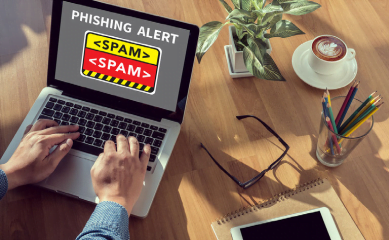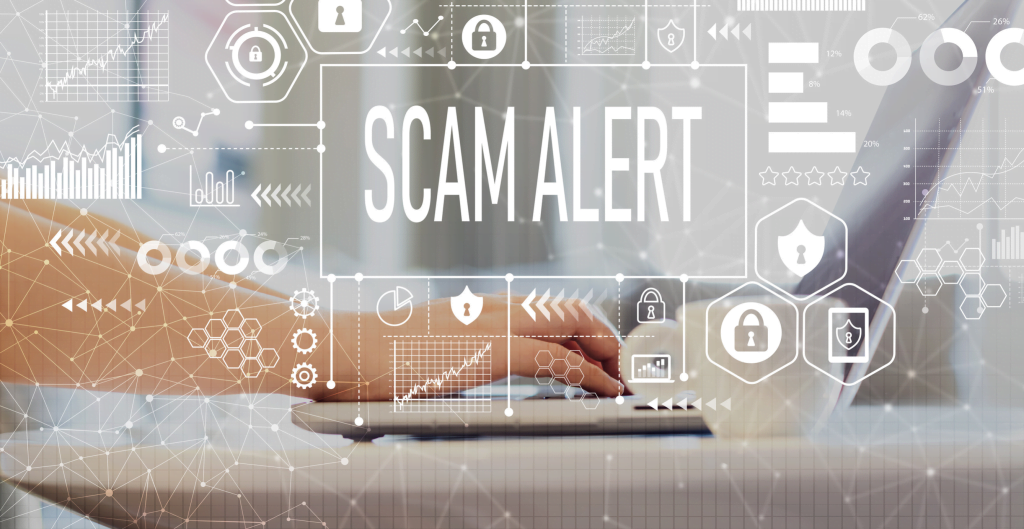Phishing, have I been a victim?
It has happened to all of us. We get an email that looks like it came from a legitimate company, like Amazon or Best Buy, but when we click on the links within the email, we are taken to a website that is asking to enter login credentials or even credit card information. This is a form of PHISHING.
As the name sounds, the way Phishing works is it hooks you into a website luring you into taking the bait. These websites might ask for personal account information, e-mail passwords, credit card information, etc. Now, how do we prevent being victims of phishing?
Be wary when receiving e-mails that appear to be from bank entities, or known services urging you to click on a link for the following:


- Update your confidential information
- Log into any account
- Claim a reward or prize
- Account deactivations
- Compromised credit cards
- Fake social media friend requests
When you see an e-mail urging you to take action immediately, first, we must stay calm and read exactly who the e-mail is coming from. Check every detail within that e-mail, you might notice it has grammar or spelling errors. If there are company logos, they might be different in some way or other when compared to the original logo. Looking into every little detail will help you determine whether this is a phishing e-mail or not.
For example: I once received an e-mail from my bank account asking me to confirm bank details or else my account would be closed. When looking at the e-mail address it was sent from, it seemed to be coming from a personal e-mail address, nothing to do with the bank in question. I proceeded to read what the e-mail had to say about my bank account and noticed some grammar mistakes, something very strange coming from a reputable bank. I then decided to check with the bank directly who confirmed with me that everything was fine with my bank account, and to please be wary of phishing e-mails like the one I received.
Many people make the mistake of letting themselves be taken over by emotion, in this case fear. It is very rare that companies will e-mail you asking for personal information so the moment you see this in an e-mail, it should alert you. If you receive an e-mail like this, make sure not to click on any of the links within that e-mail. Make sure to keep your security up to date with a Premium antivirus software.

Only enter your confidential information in secure websites, and to identify a secure website you will notice it starts with “https://” and that the browser has a little lock in the address bar right before the URL. Periodically check your accounts. It is never a bad idea to check your bills or accounts just to be on top of any changes or irregularities along the way and lastly, if you are doubtful, do not risk it.
If you are suspicious of a phishing attack, check with the entity directly to determine whether the message received is legitimate or even easier, contact us, and don’t forget to leave us your thoughts on this topic.
If you like this post, leave us a comment and share it with your friends and family.
See you next time!


